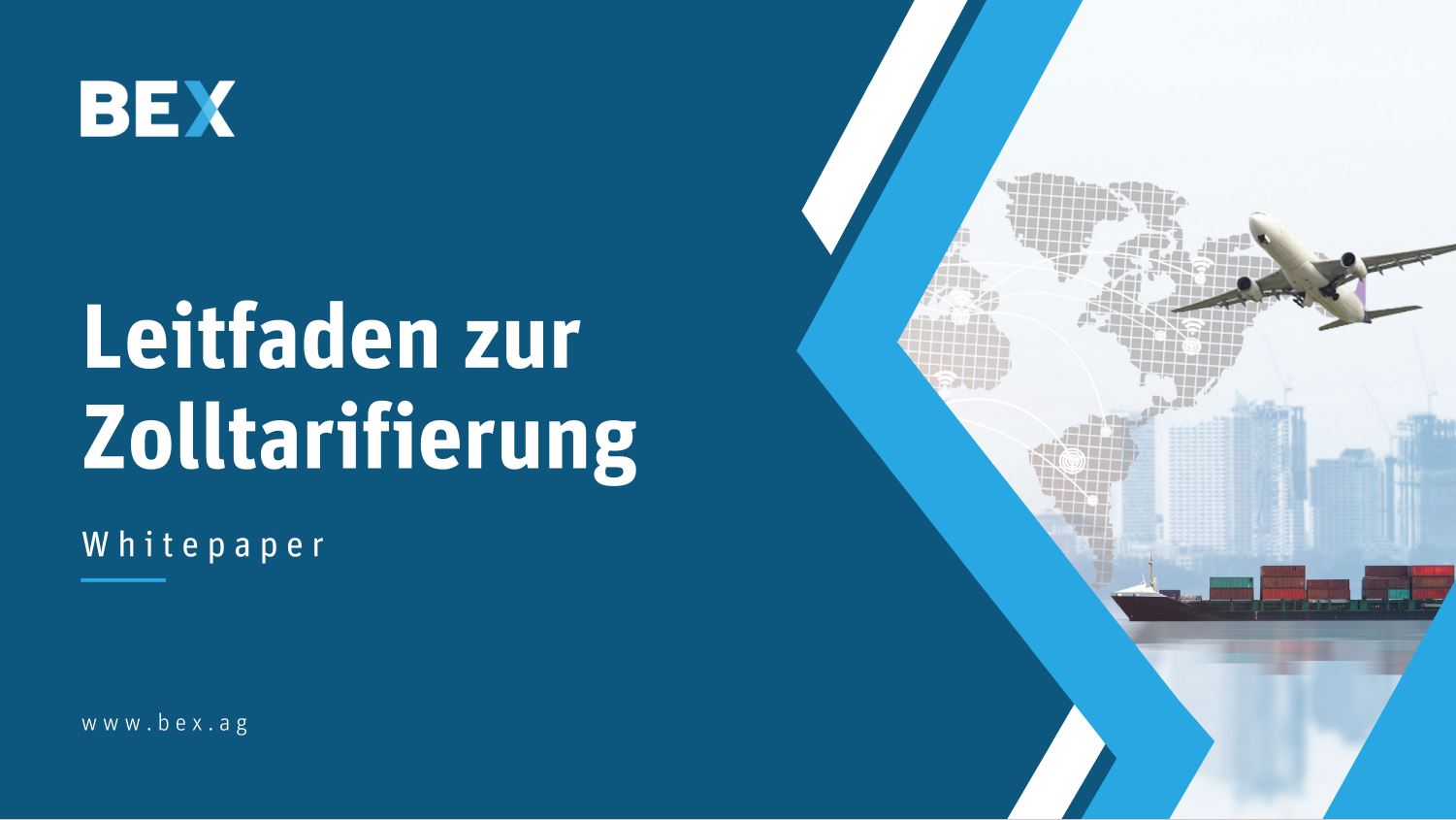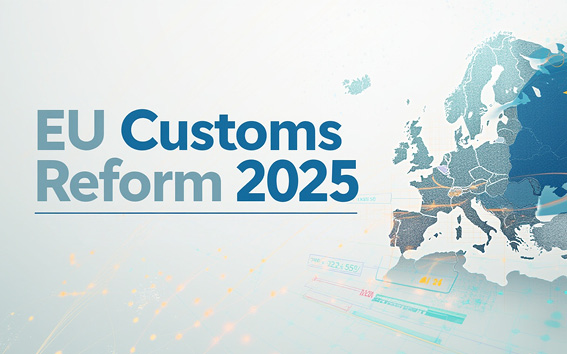Customs tariff and customs tariff number – Explanation of terms
The most important instrument of customs policy is the customs tariff and the customs tariff number. These are each subject to a tariff scheme. Only when the codes and numbers of the tariff schedule have been assigned customs duties are they considered to be a customs tariff. The subdivision is made either according to
- the branches of production to which they belong (production principle) or according to
- the principle of intended use (e.g. all machines or toys grouped together).
In countries with a broad distribution of production, customs tariffs are usually used that are organized into types and subtypes of goods:
- Single tariffs (have only one tariff column)
- Double tariffs (have two tariff columns, e.g. a general tariff with a higher level and a minimum tariff with tariff rates that form the lower limit of tariff concessions to other countries)
The Common Customs Tariff of the European Community (CCT) shows one column each for autonomous and for conventional tariff rates.
General information on the customs tariff number
The customs tariff is a systematically structured list of goods (nomenclature). All possible commercial goods (in cross-border traffic) are listed in this customs tariff scheme. Each good is assigned a specific customs tariff number or code number. Correct classification of the goods in the customs tariff is necessary so that everything can be cleared smoothly. In the area of imports, the goods description is coded up to an 11-digit code number during tariff classification. For market regulation purposes and also in the area of exports, a commodity code of up to 8 digits is common. Each code number contains the scale for the resulting customs duty amount and therefore information about the duty rates.
In addition to the customs duties, other legal consequences associated with the cross-border movement of goods can be derived from the customs tariff numbers. For example, the relevant chapter on the goods indicates whether:
- Prohibitions and restrictions must be observed
- The import or export must be approved or a license is required
- Separate foreign trade statistics are required
- Additional documents must be submitted for further customs treatment
- Certain measures must be reported
- The goods are subject to anti-dumping regulations
- A quota or duty suspension can be claimed
Code number – Customs tariff number – Commodity tariff number – TARIC code (Tarif Intégré des Communautés Européennes) – HS code
What is the difference?
Customs tariff number, goods tariff number, TARIC code – in connection with the numerous customs regulations, you come across these different designations again and again. The English equivalents such as Customs Tariff Code, Customs Tariff Number or Product Code are also frequently encountered in foreign trade. But what do they actually mean?
When we talk about customs tariff numbers and code numbers, we are generally always referring to the same 11-digit number, which is made up of the various sequences. The term TARIC code stands for the “Common Tariff of the European Union” (French: Tarif Integré des Communautés Européennes) and also refers to the customs tariff numbers that encode EU-wide customs instructions. The list of goods numbers (also known as goods tariff numbers) is called the Harmonized System (HS), which is why the term HS code is also commonly used in the customs context.
The World Customs Organization uses the customs tariff number to classify goods in international trade using a numerical system. Each item can be assigned a number in this way, for example via the Electronic Customs Tariff (ECT). Once the correct customs tariff number has been determined, import duty rates are fixed for (almost) the entire world. The list of commodity codes (also known as commodity tariff numbers) is called the Harmonized System (HS), hence the term HS code.
Legal information about the customs tariff number
The legal basis for the customs tariff number and, more generally, the customs tariff is Regulation (EEC) No. 2658/87 on the tariff and statistical nomenclature and on the Common Customs Tariff. This regulation introduced the Combined Nomenclature (CN) and is used as the customs tariff and statistical nomenclature. It is directly applicable in every EU member state. The twelfth article of the regulation stipulates that the European Commission must publish the complete version of the CN (combined with the customs duties) every year in order to ensure that it is always up to date. An up-to-date regulation is published in the Official Journal of the European Community by October 31st of the year at the latest and applies from January 1st of the following year.




